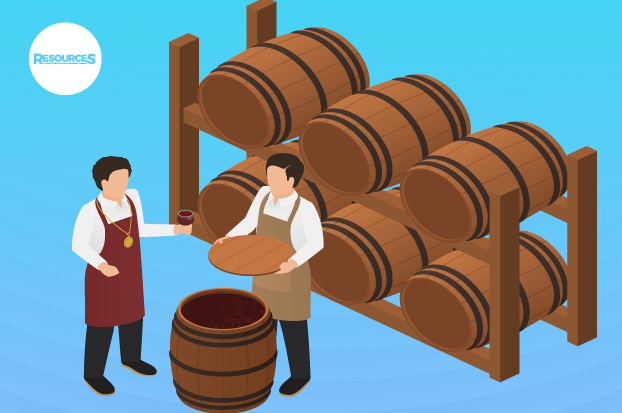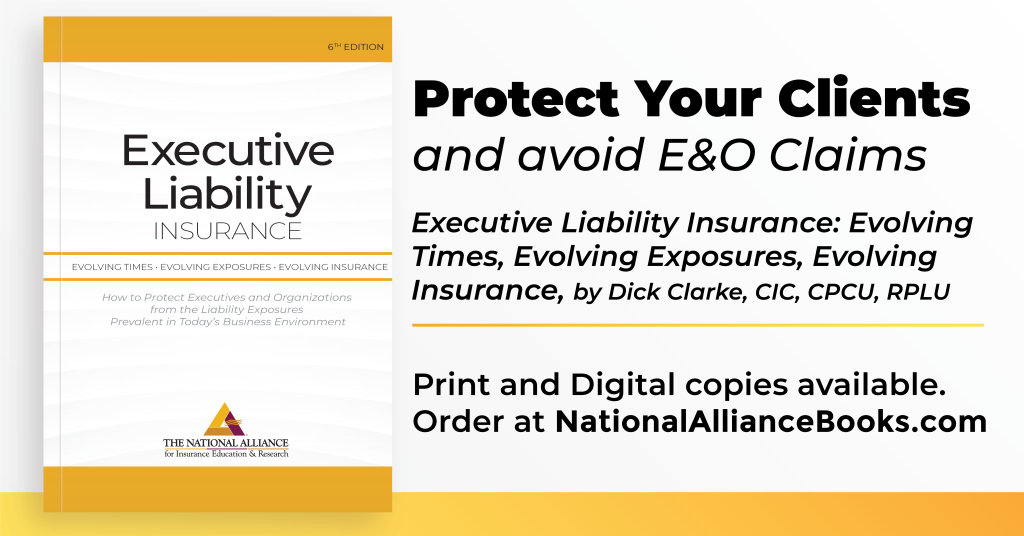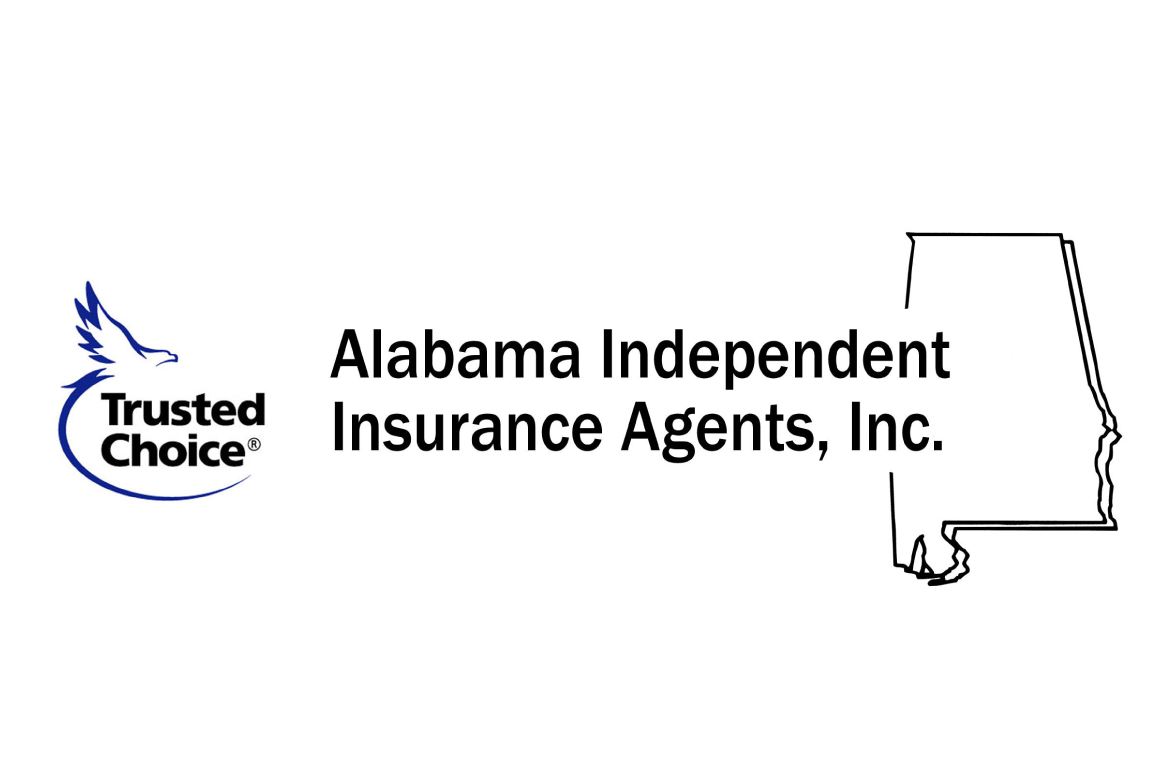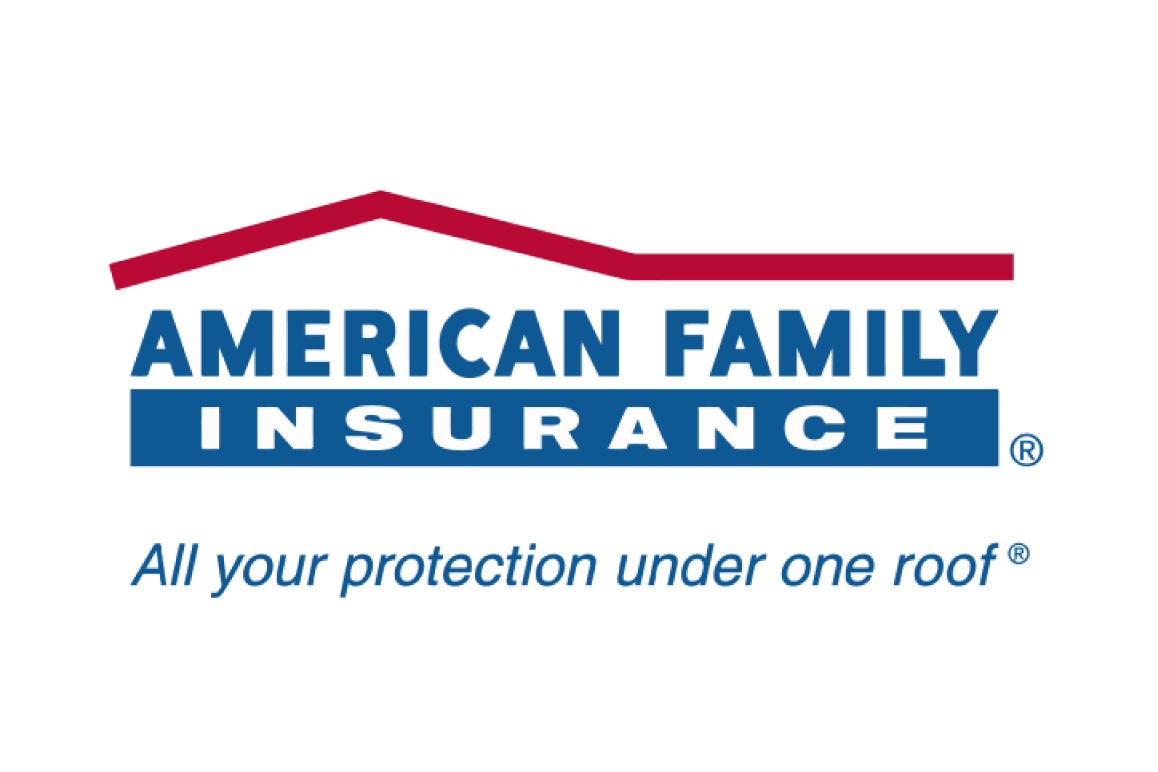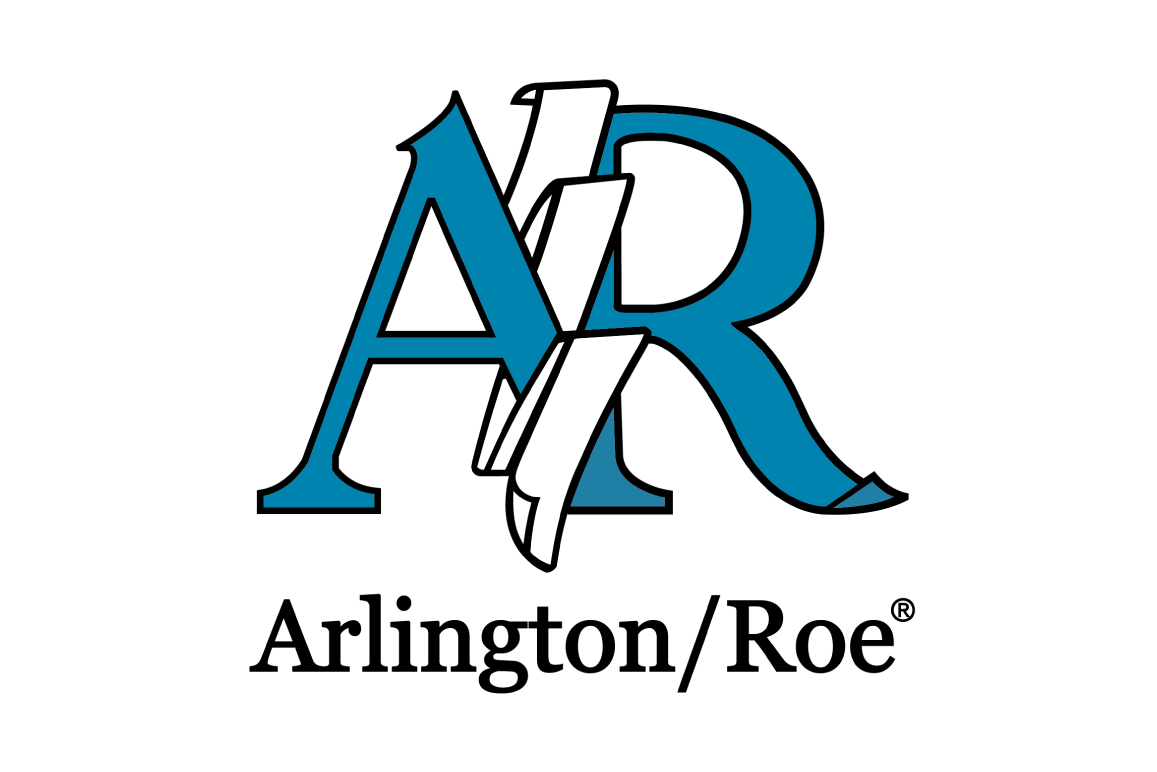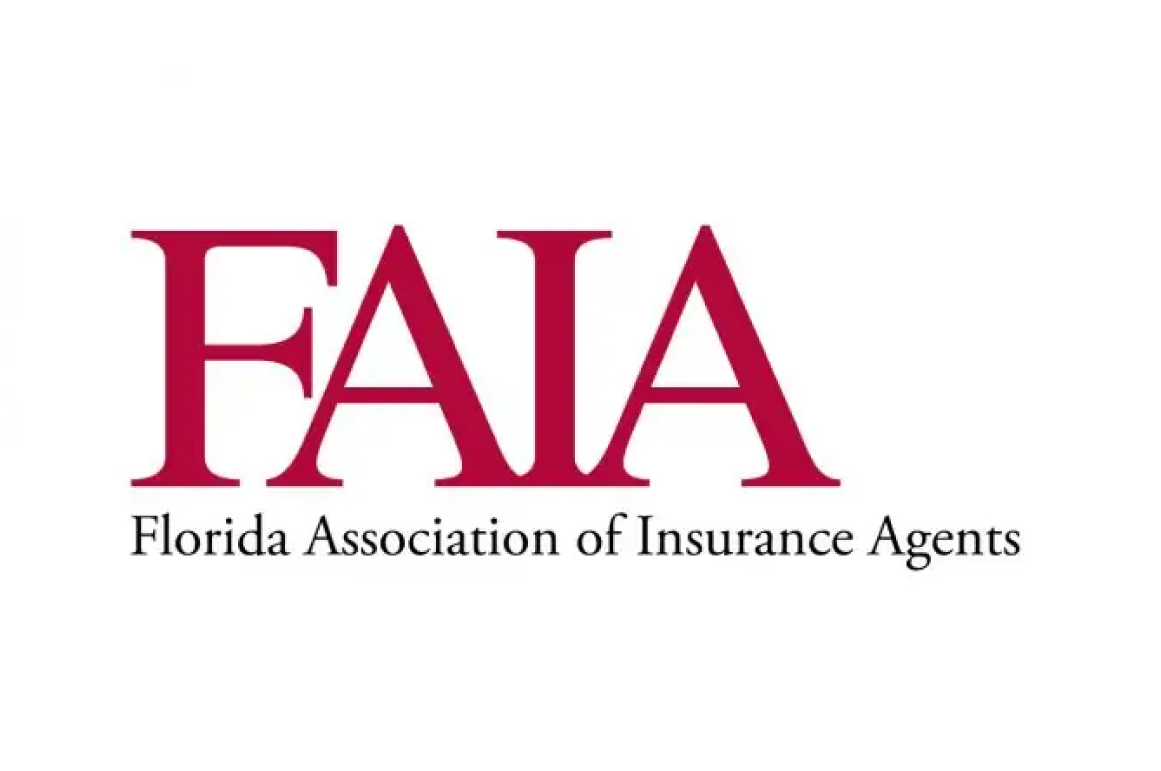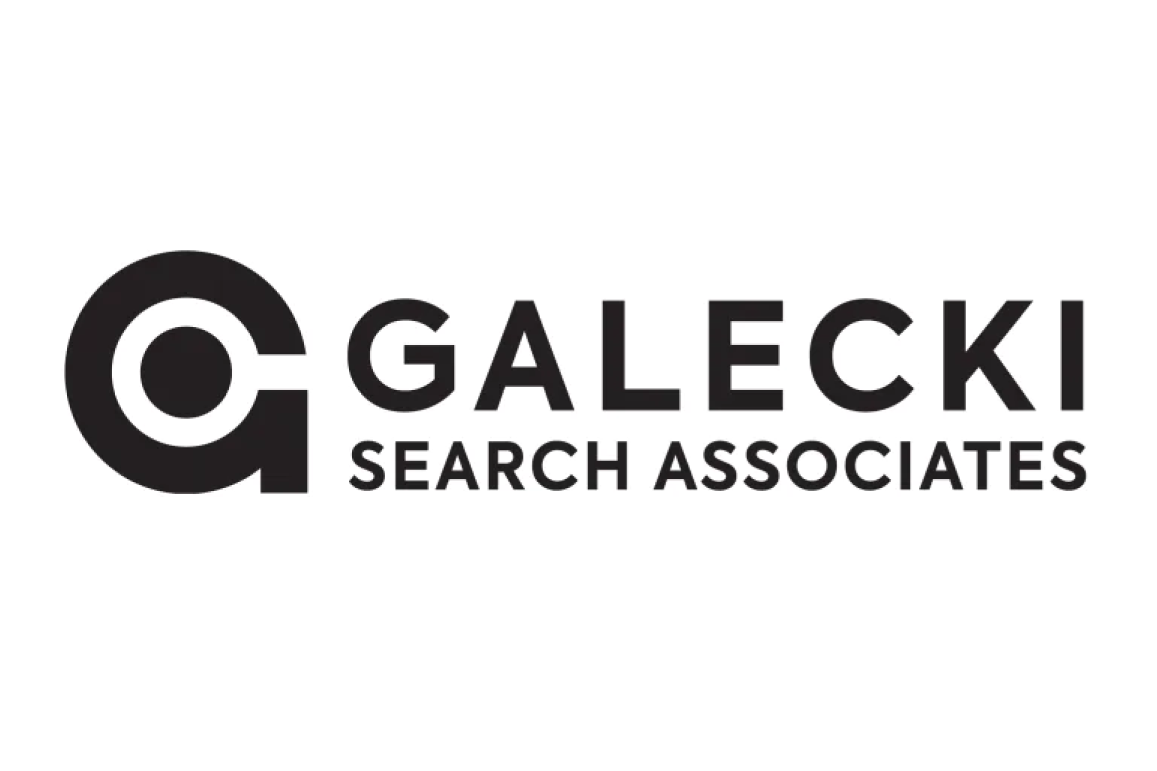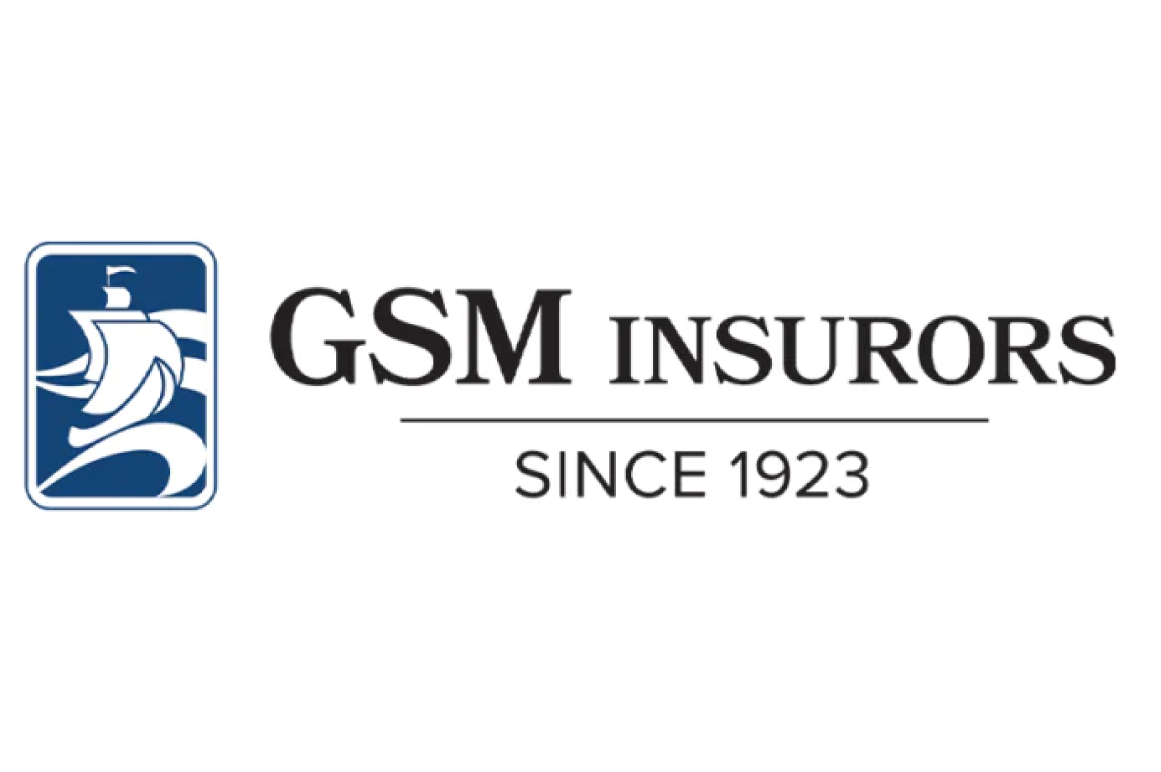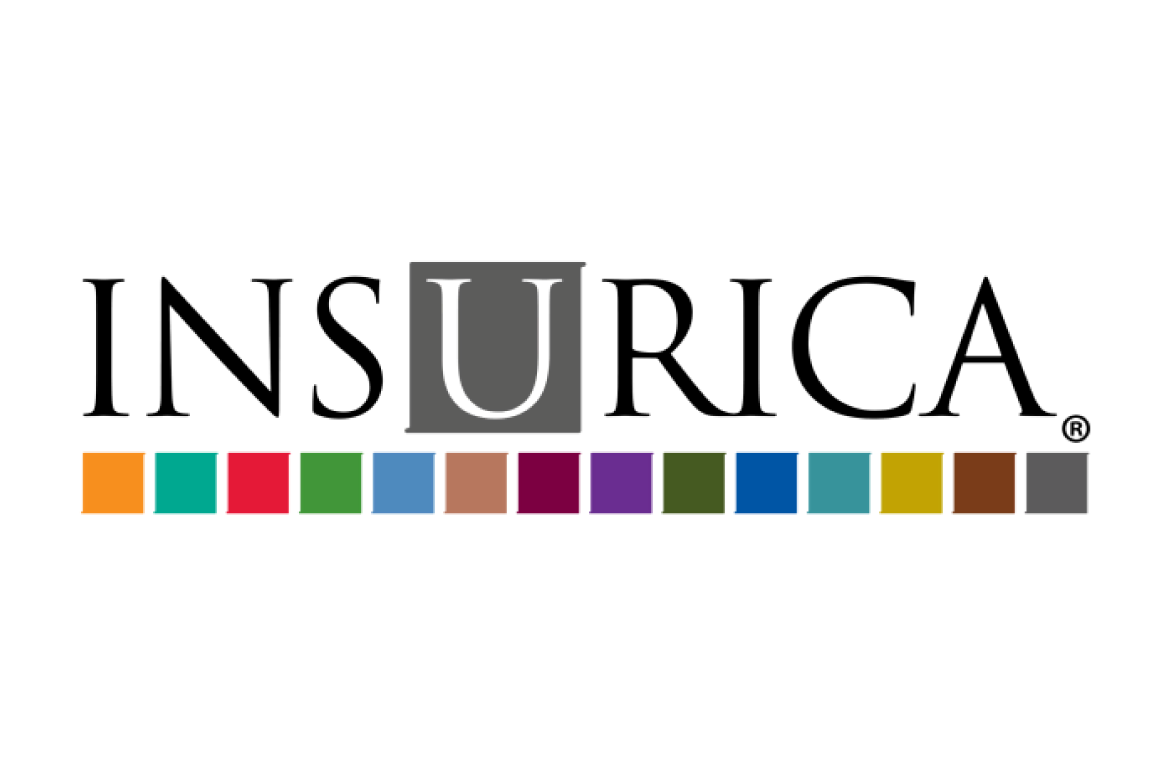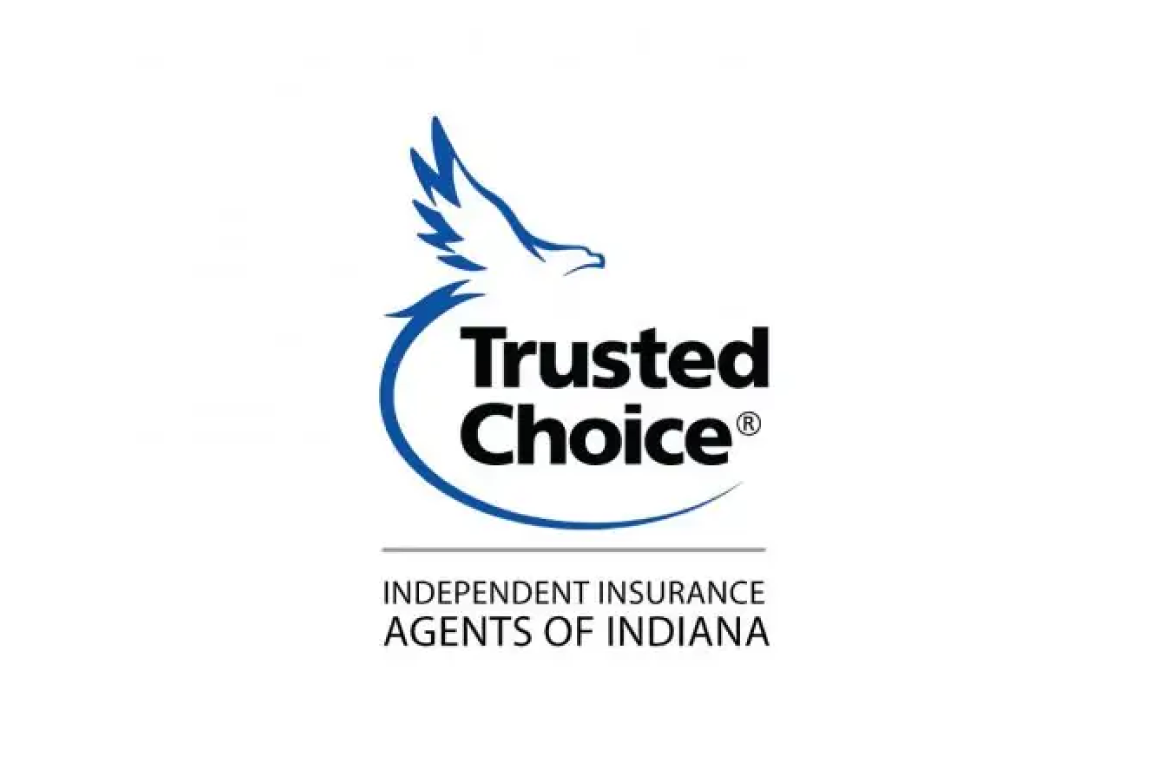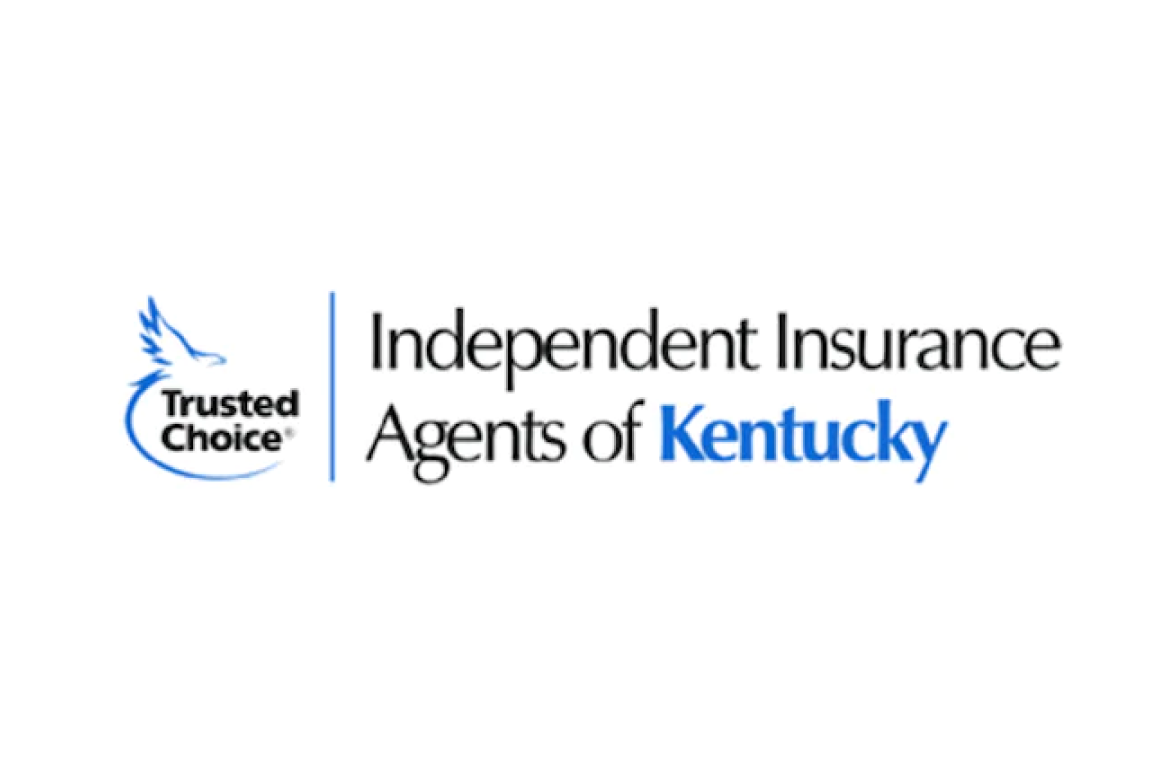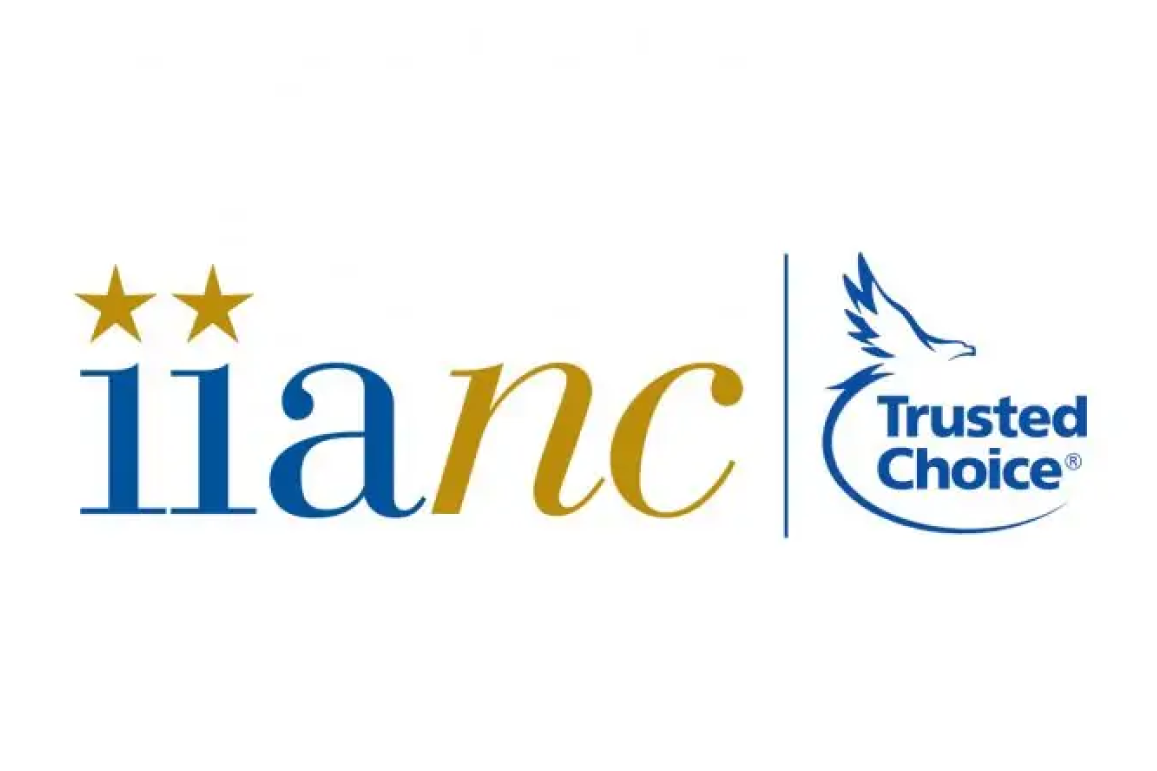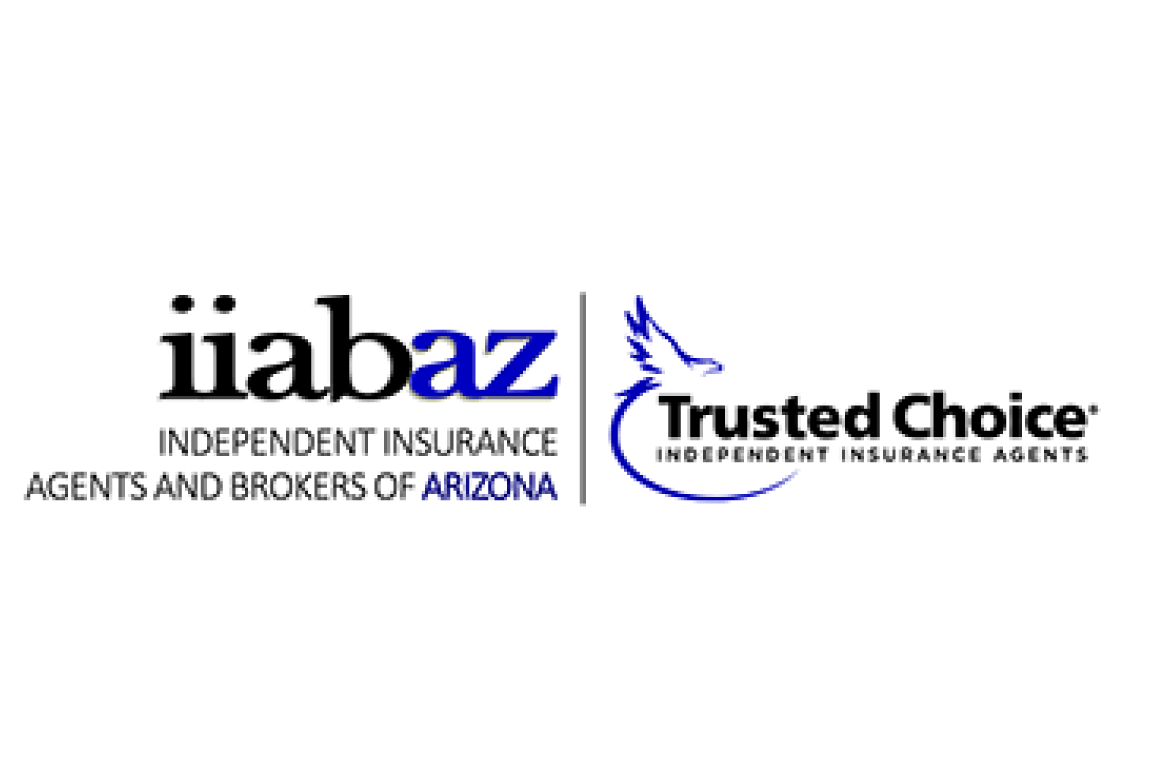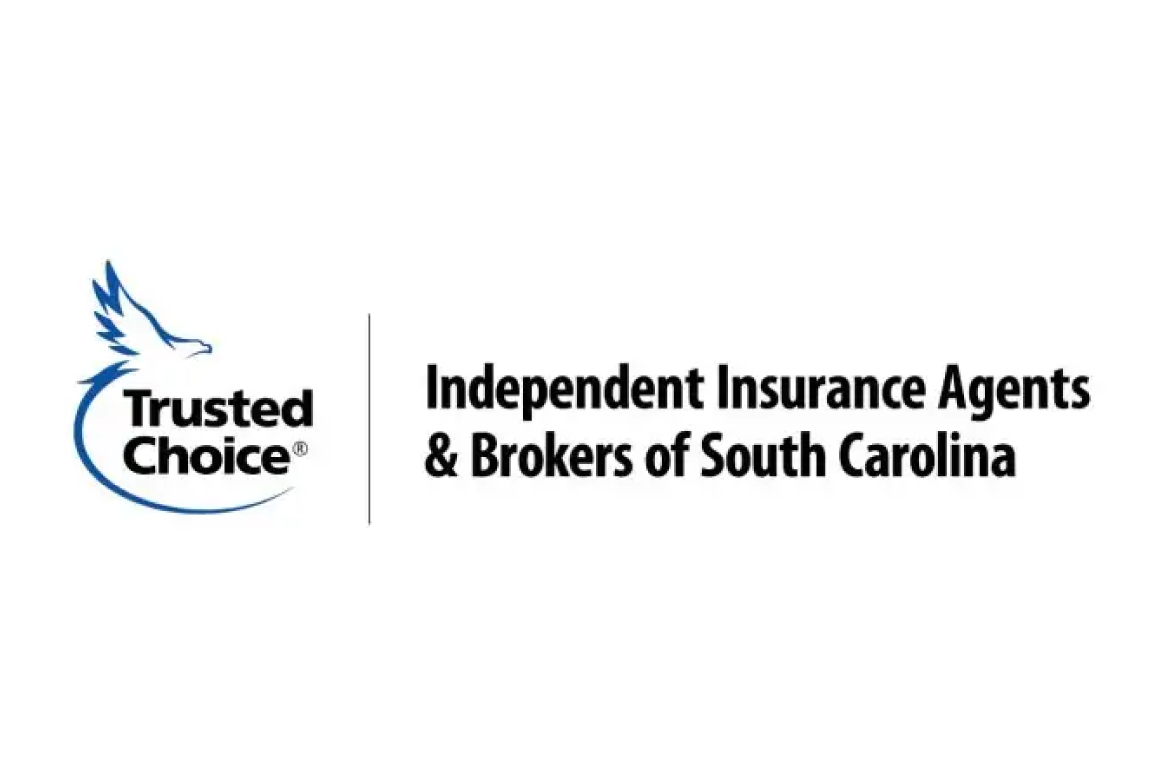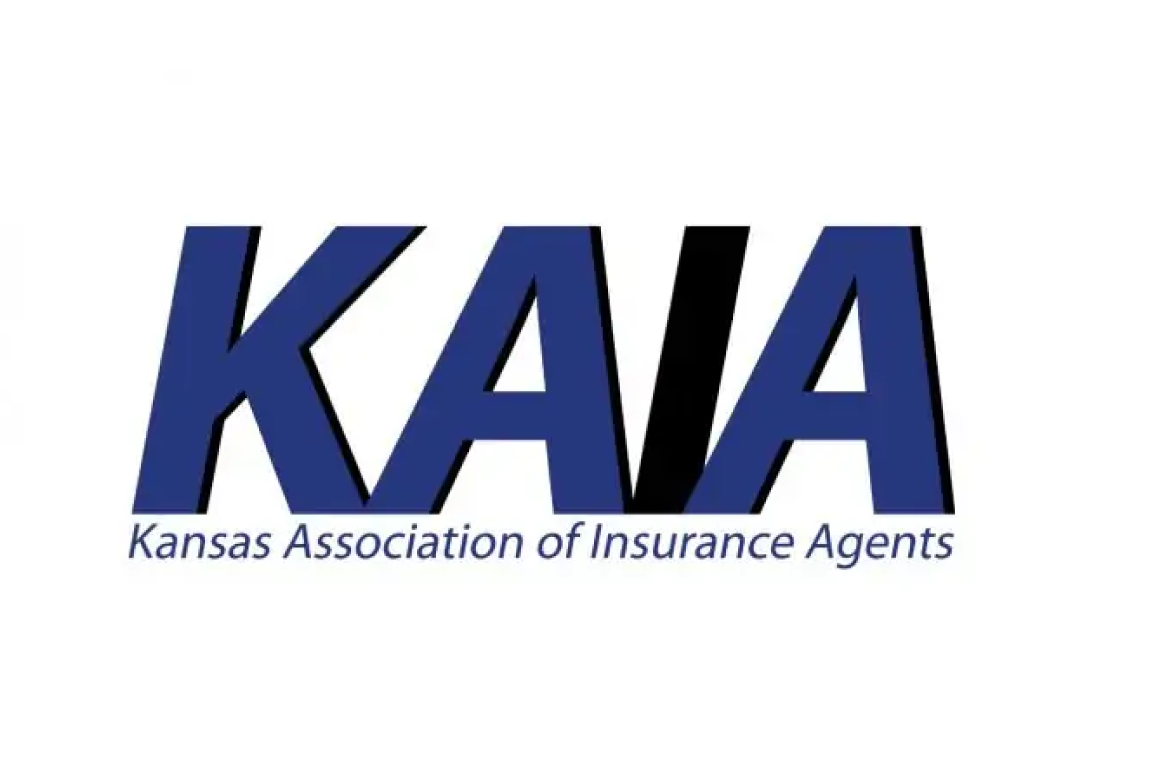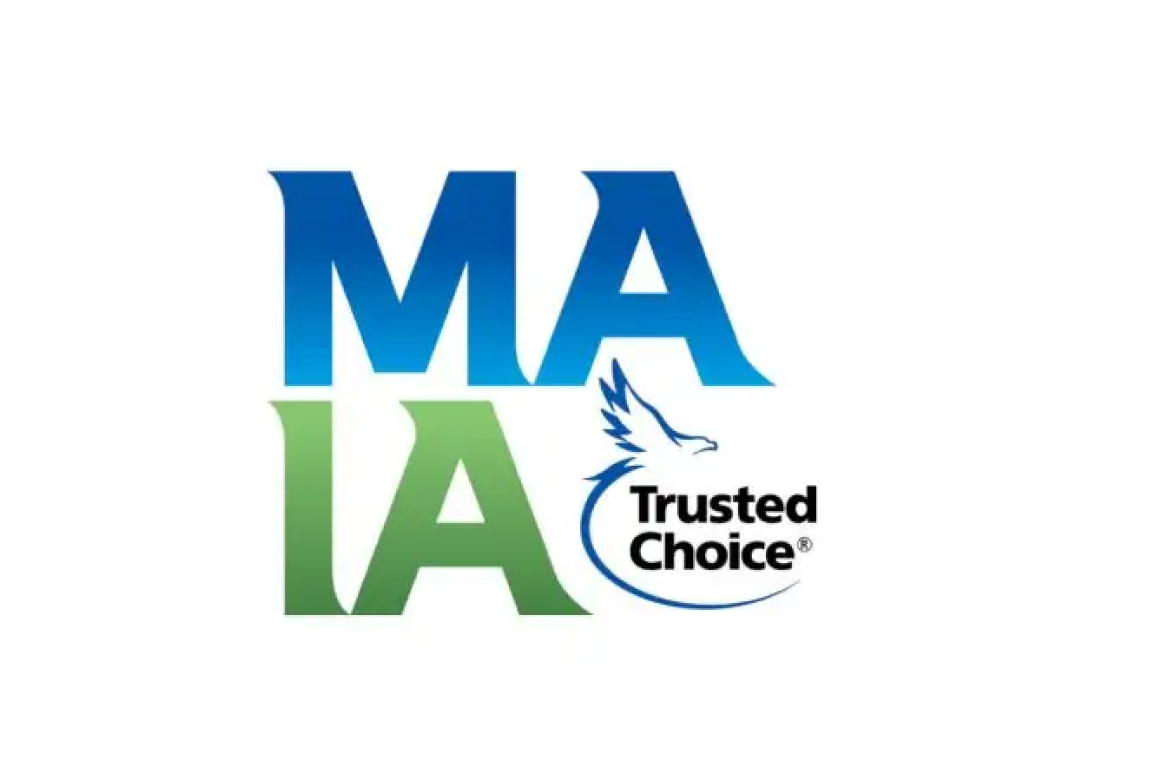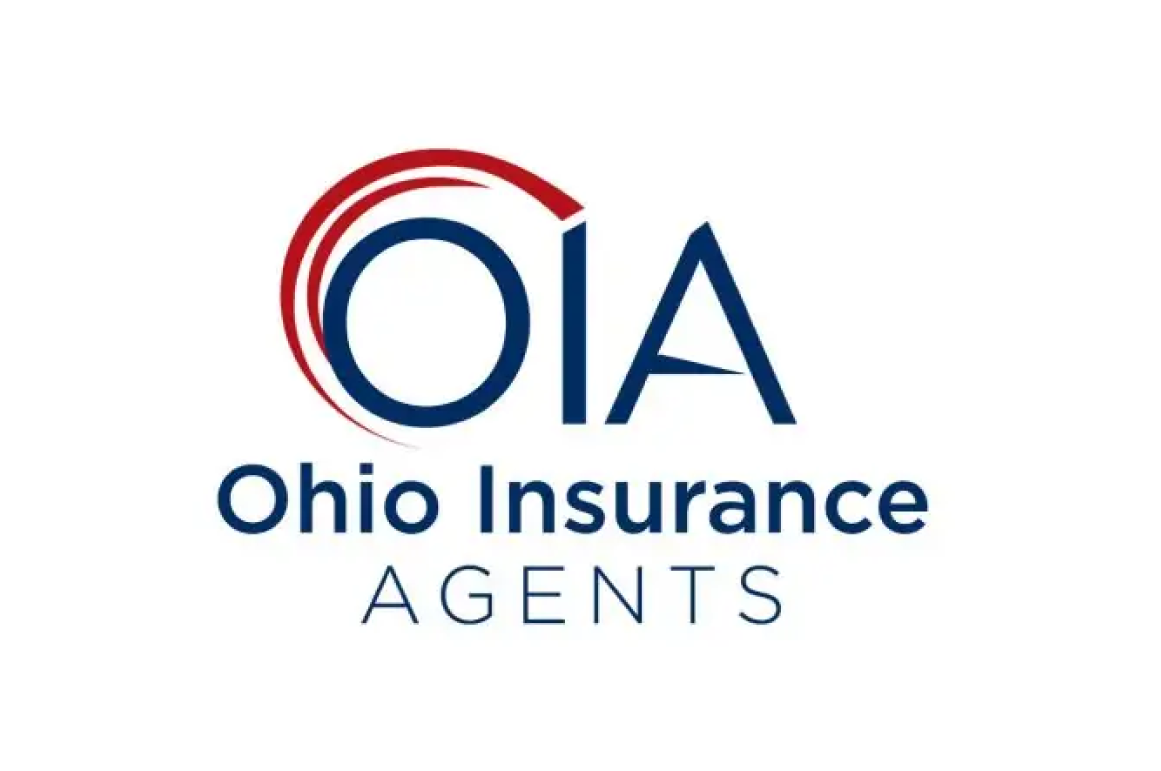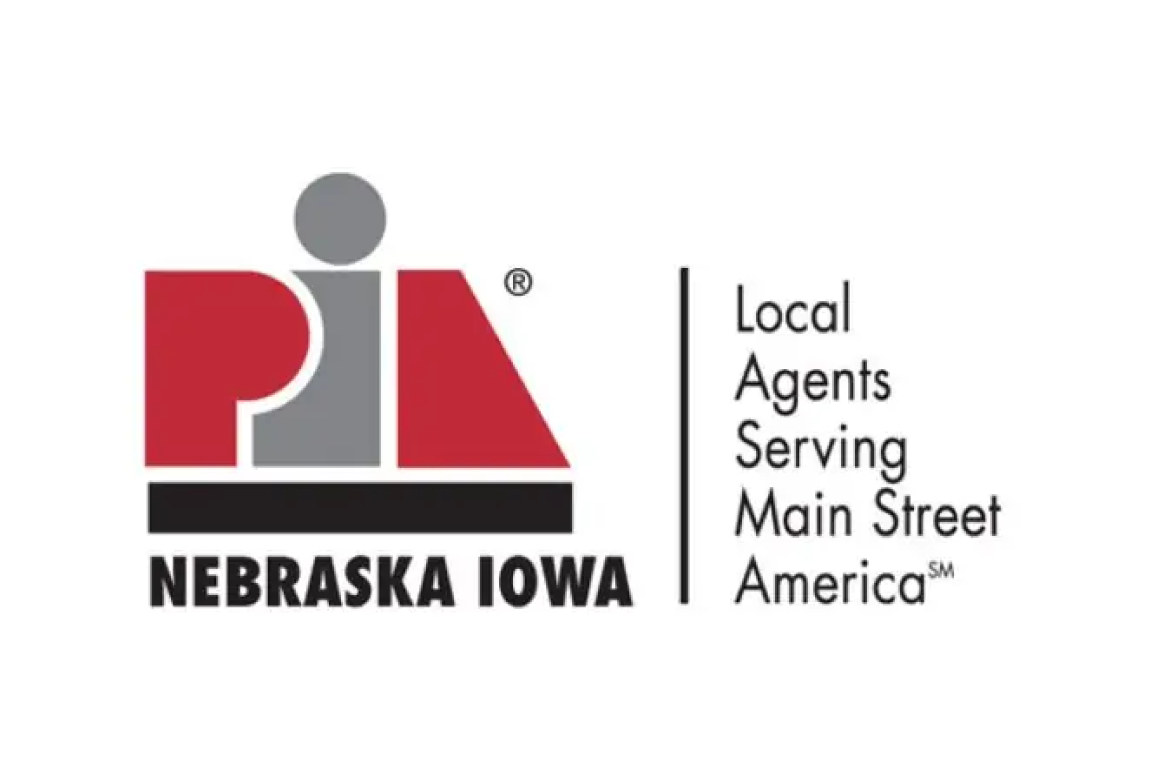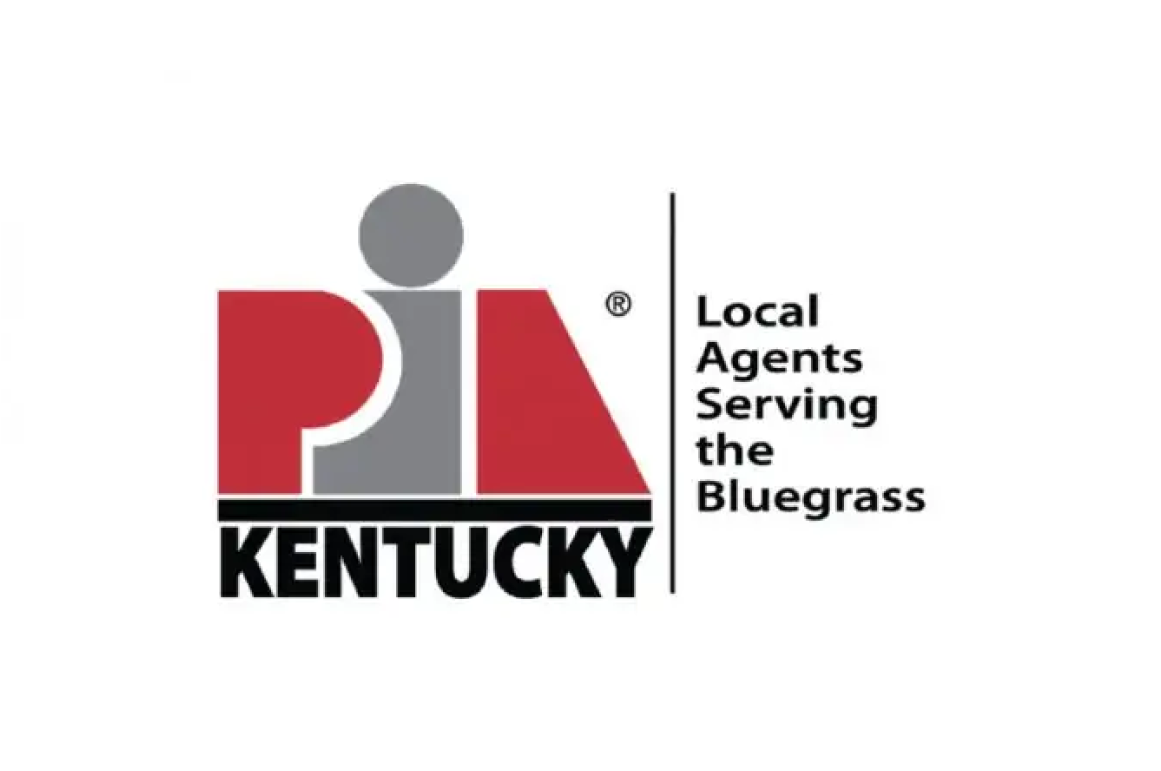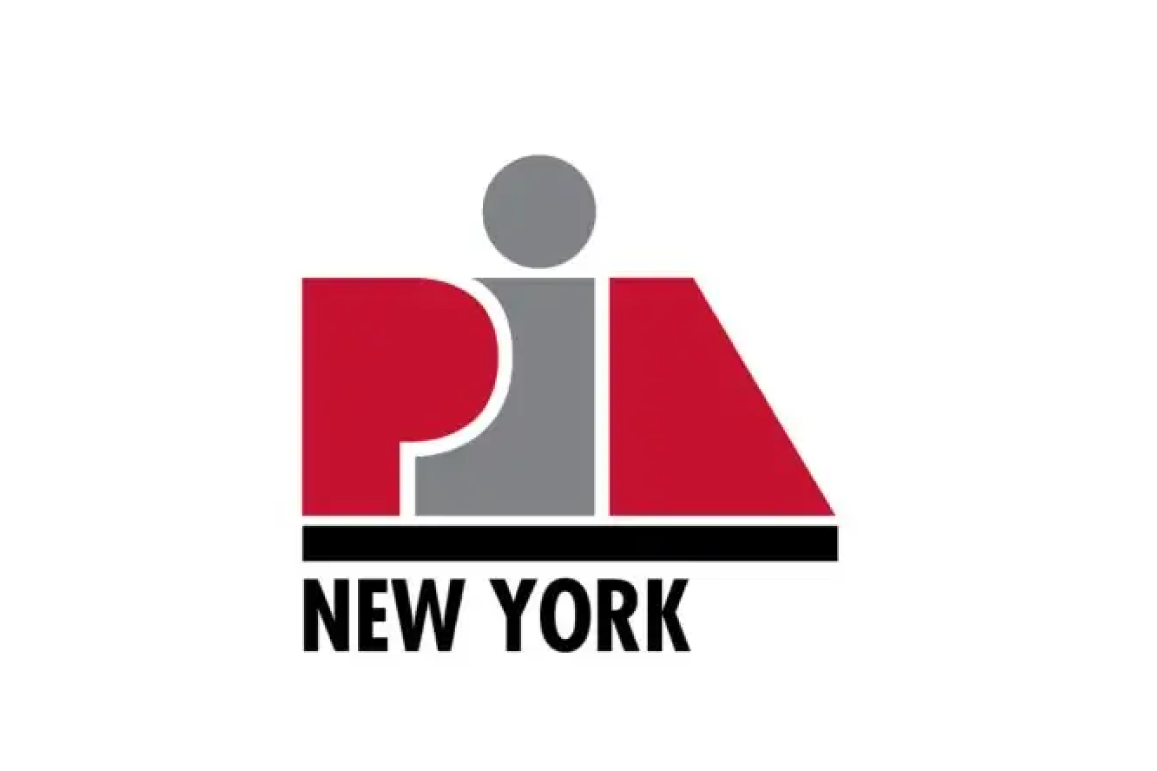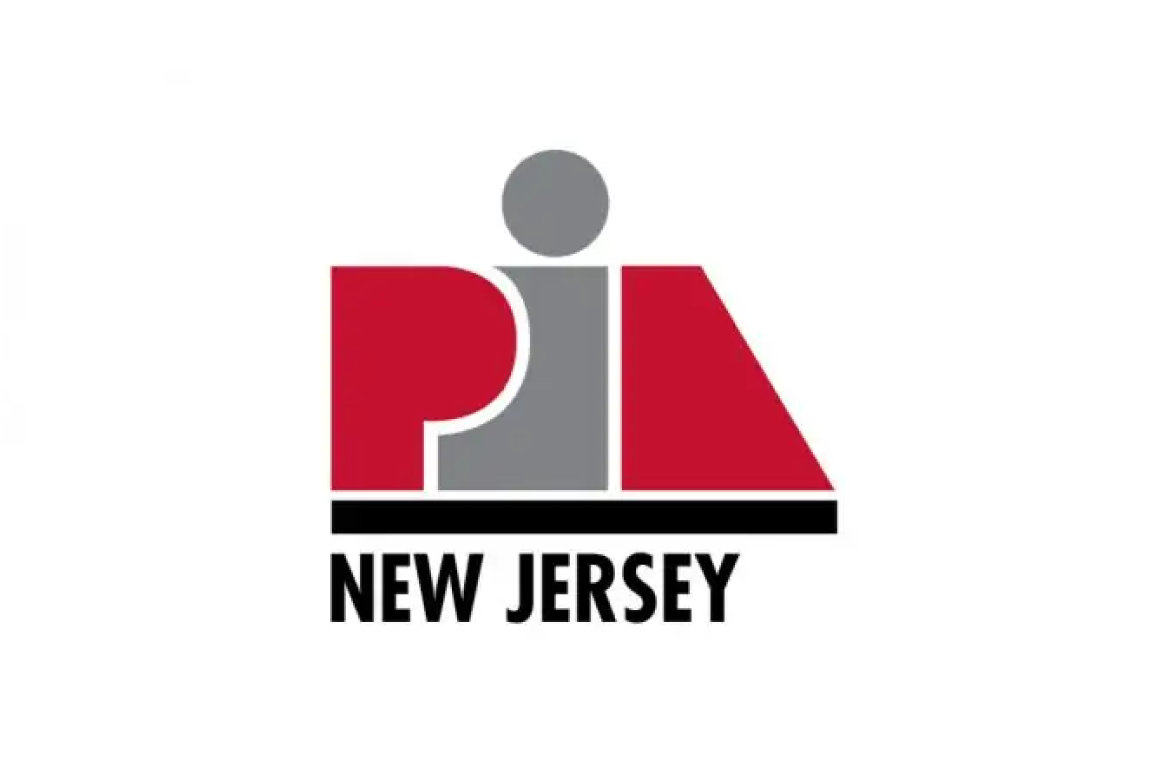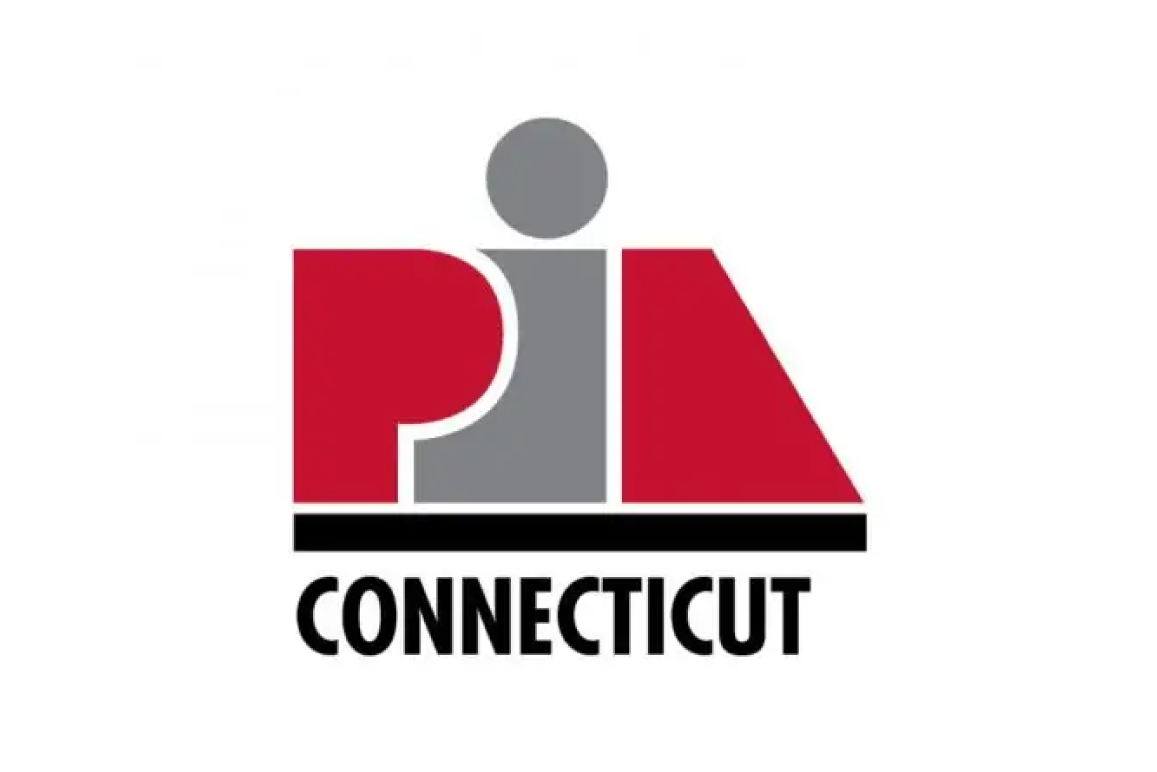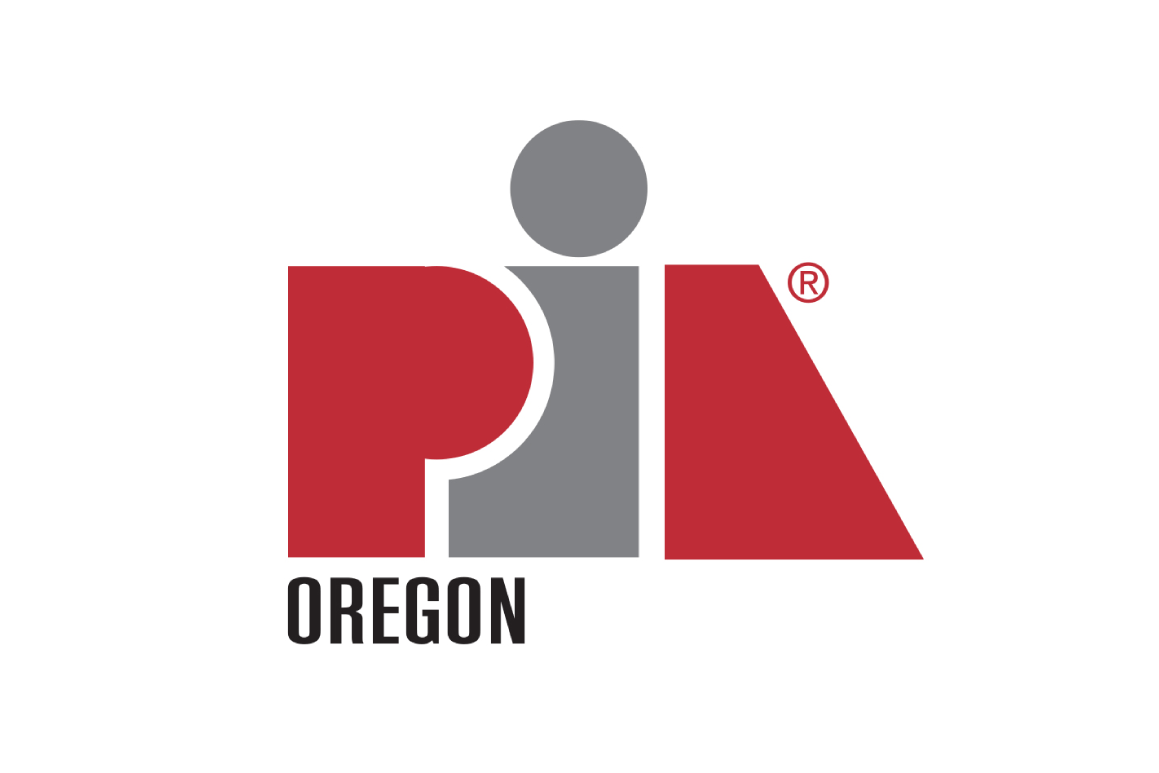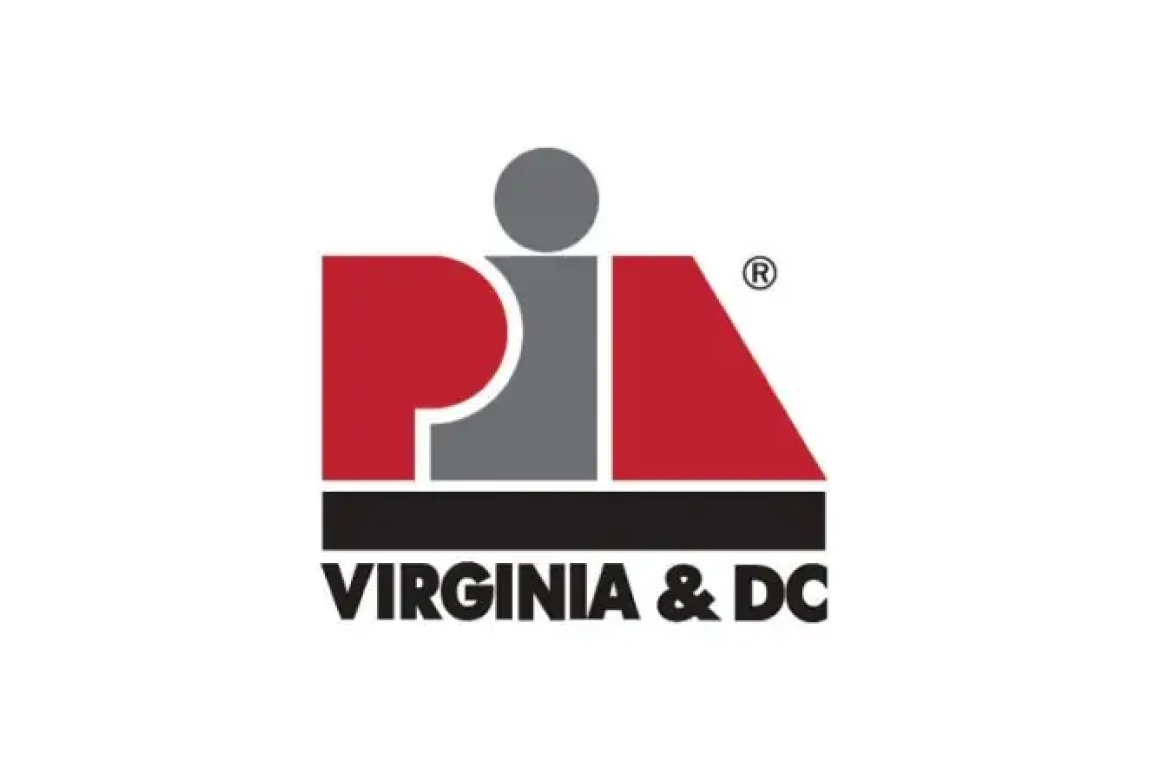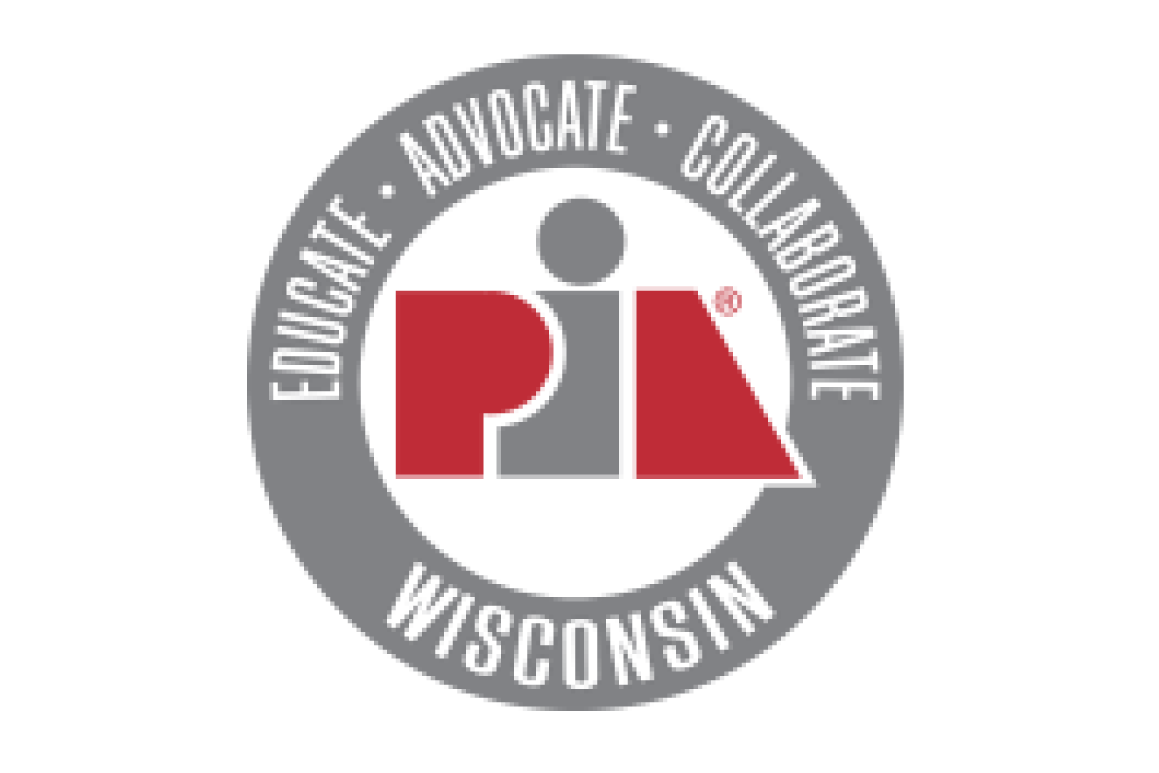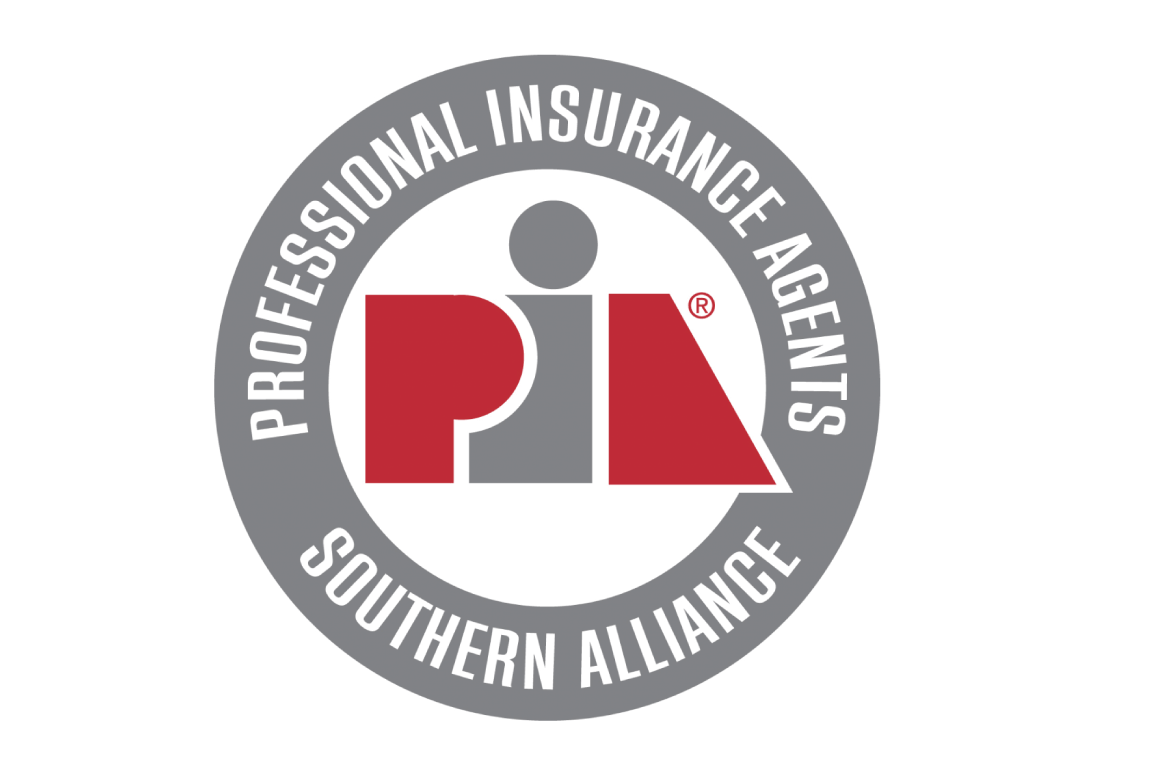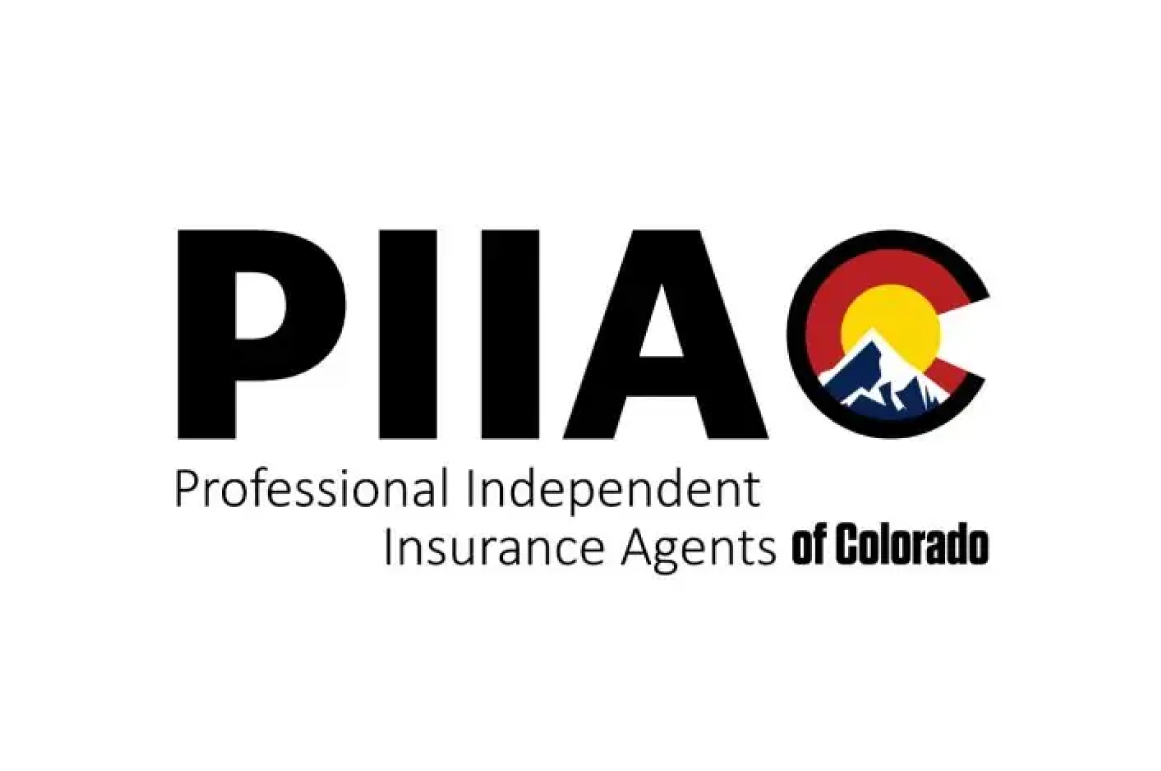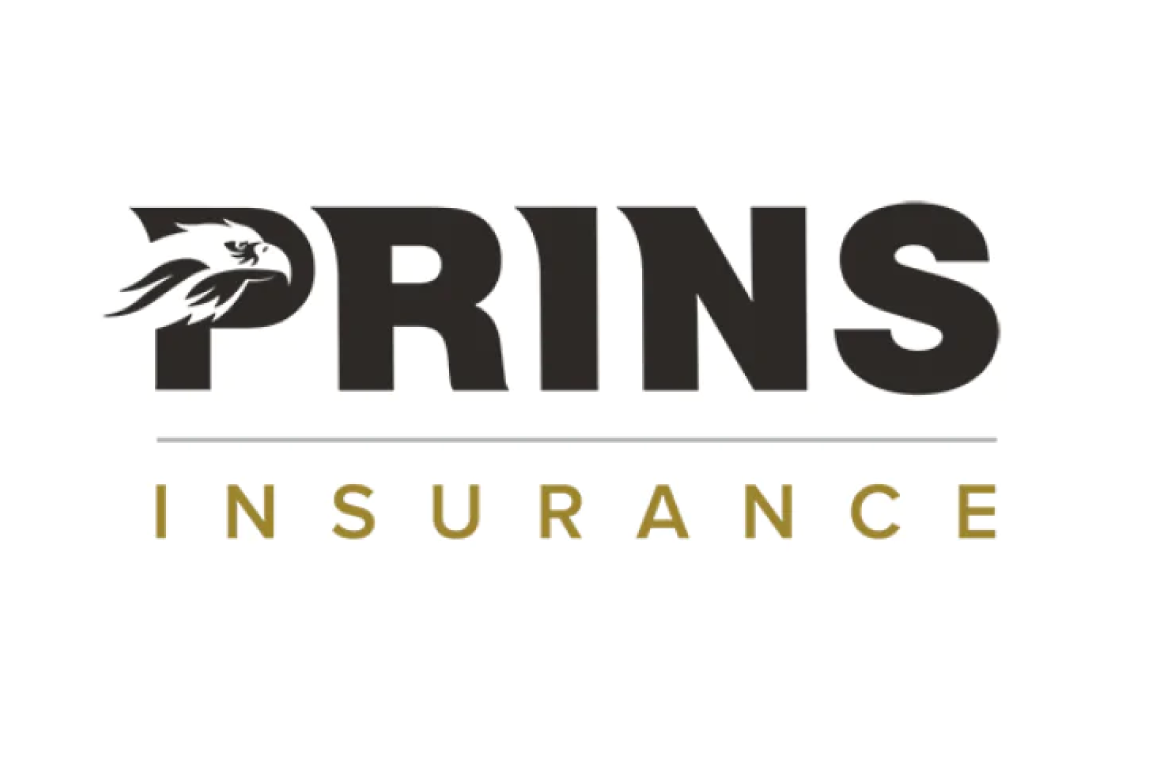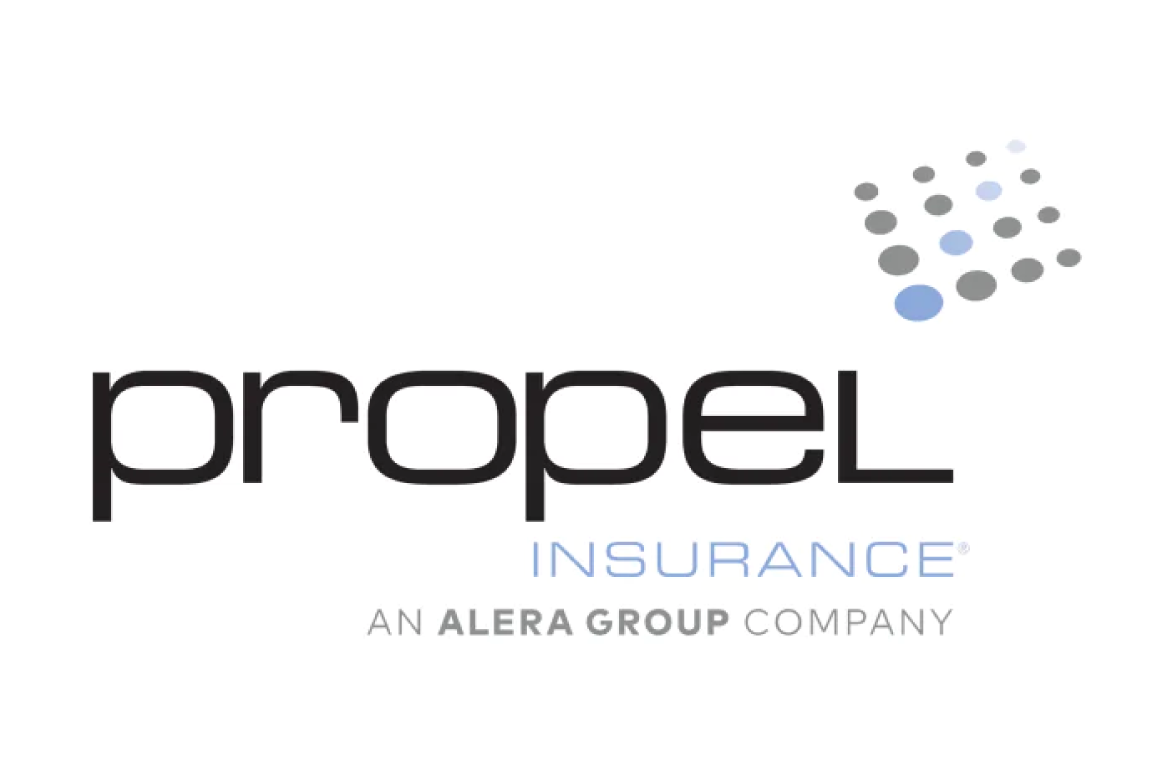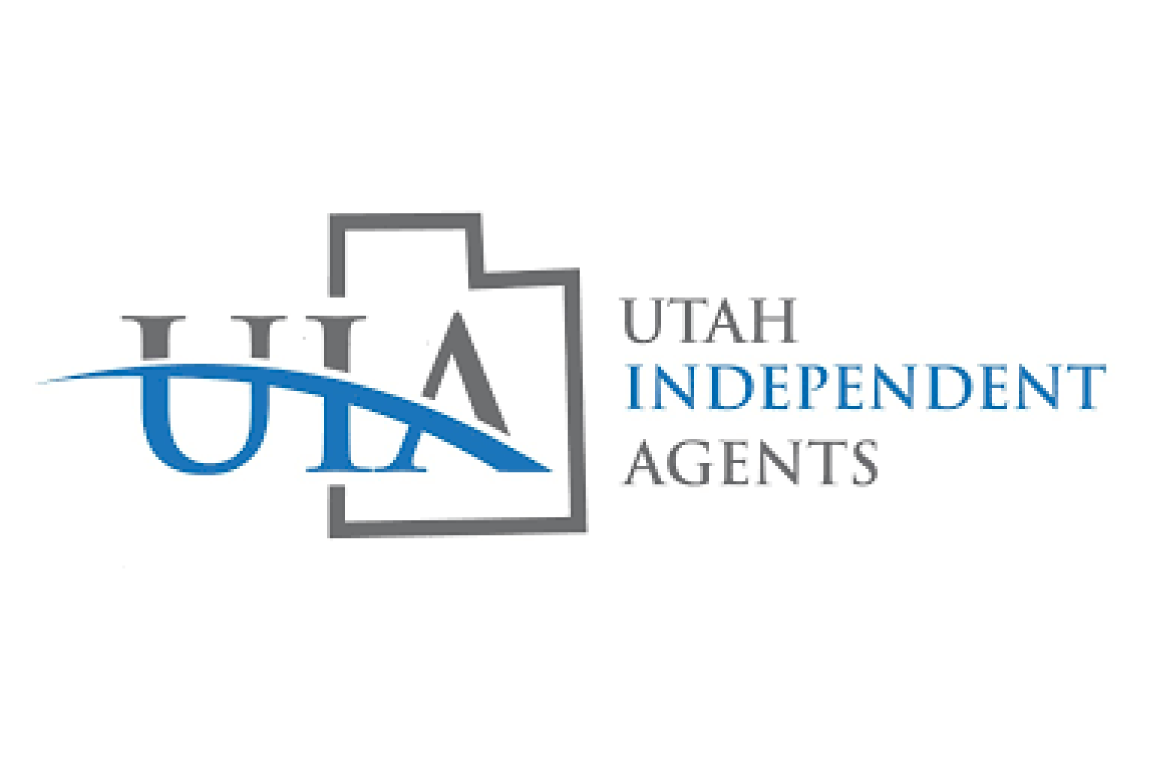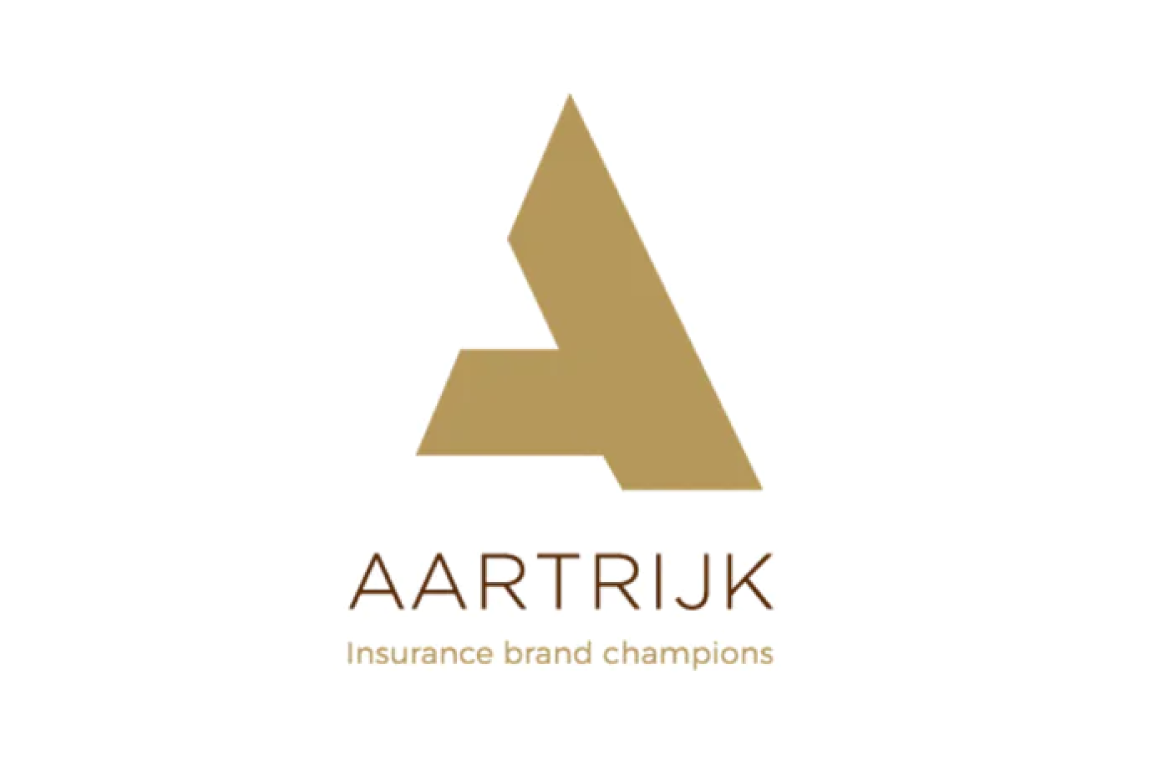By Neil Kaplan, J.D., DipWSET, AAA
It was wildfire season in California. Fires were raging through the hills, threatening lives and property. One wine lover’s last act before evacuating his home was to throw the contents of his wine cellar into his swimming pool. If the house was about to be destroyed, that didn’t mean the wine had to perish as well, right? Well, as luck had it, the fire skirted his house. Returning home, our foresighted wine collector encountered a sobering sight in the pool. The bottles were safe and sound, and so were the labels. The problem was that one had become detached from the other—a pool full of mystery bottles, with limited, if any, ability to tell what bottle contained what wine. As the insurer, what do you do? Was the wine damaged? And, if so, what was the loss of value?
This is where Certified Personal Risk Manager (CPRM) courses can have significant value. Regardless of the asset class, the CPRM curriculum underscores the importance of involving experts early in a valuation process. Valuation criteria and parameters vary depending on the asset, and consultation with a dispassionate expert is always far preferable to a guess-based estimate or the insured’s opinion. But I hate to leave you hanging, so let’s see what became of the pool of mystery wines.
A cork seal is sufficiently impervious to protect the contents of a bottle from clean pool water, so the wine remained potable. Being unlabeled, though, the bottles were devoid of commercial value. They also had greatly diminished usefulness, as a consumer understandably wants to know what is inside the bottle being opened, especially when entertaining. Ultimately, the insurance company declared the wine a total loss, and the insured was able to keep it for salvage value, which wasn’t too bad an outcome. He had his wine—in a way— and an insurance settlement with which to buy pristine replacements. Beyond being a great story, though, this situation highlights some of the issues encountered when dealing with collectibles. So, let’s delve into what makes wine unique and consider some of the challenges to insuring and valuing it.
The first challenge is knowing if a wine is collectible at all, as slight differences in the label can make an enormous difference in the wine’s value. For instance, the Armand Rousseau Gevrey-Chambertin 2016 currently retails for $350 a bottle, while the Armand Rousseau Chambertin 2016 sells for $4,000. What a difference a word makes! Unfortunately, there is no easy way to tell which wines are valuable. Young wines like the Chambertin can be extremely valuable, and old wines might be worthless. Most wines deemed collectible are from France, but not all, and by a long-shot, not everything from France is valuable. As with any collectible asset class, subject matter expertise is required for evaluating wine.
Whether or not a wine collection rises to the collectible level, proper storage is critical for preserving its quality and value. As we saw above, underwater storage is not necessarily recommended for wine, but then it is not exactly ideal for stamps or oil paintings either. Better to store wine at 55º, away from light, and with humidity around 75%. But what happens when things go wrong, such as when a temperature control system fails? While inspection of the bottle can reveal some information about the state of a wine, it is often impossible to determine the condition of a wine without sampling it. Opening a bottle to assess wine condition, however, destroys that wine’s value. This complicates condition assessment and underscores the importance of uninterrupted proper storage, as it obviates the need for value-destroying contents sampling.
The inspection process begins with noting the appearance of the capsule, cork, and label, as well as the color of the wine. Protruding corks, for instance, and signs that wine has seeped past the cork and out of the bottle provide strong evidence of exposure to excessive heat, which is tremendously harmful to wine. The color of the wine can also provide clues. Wine naturally changes color over time, with whites
becoming golden and reds taking on garnet hues. Such color changes, which can be detected with aid of a high-powered flashlight, may also suggest storage issues if they occur prematurely. If physical appearance is not dispositive, a strategic sampling of potentially damaged wines might be warranted. In order to minimize the loss from opening bottles, a carefully selected range of wines of different styles and degrees of sturdiness would be tasted. If all taste appropriate to their quality and age, then it can create a presumption that the other wines in the cellar are sound as well, and vice versa. If some of the wines are sound and others not, then one looks for patterns to see what styles may have suffered and which ones might have had the structure to weather the adverse circumstances. If each wine in the cellar is assigned to a stylistic category conforming to the wines tasted, then the condition of the sampled wine can be used to draw conclusions about the condition of all of the wines in that category.
Once the condition of a wine collection is determined, then the wine must be valued. While there is no state licensing of personal property appraisers, there are three organizations in the US that certify these individuals—the Appraisers Association of America, the American Society of Appraisers, and the International Society of Appraisers. These associations impose stringent requirements for certification and require members to have extensive education, experience, and subject expertise, and are compliant with the Uniform Standards of Professional Appraisal Practice. Choosing an appraiser certified by one of these bodies, for any kind of personal property appraisal, provides the best assurance of proper methodology and ethics.
But how is the appraisal done? Using various research tools, the appraiser strives to find current market data for the wine that most closely resembles each bottle being appraised. In some cases, there is data for the same wine from the same vintage— Bingo! But in other situations, there will not be recent or reliable data. Here, the appraiser must find a wine for which there is relevant data and is as close as possible to the style, quality, age, and condition to the wine being appraised. This could be a different vintage of the same wine, but not always. For instance, if the task is to appraise a bottle of Chateau Ducru Beaucaillou 1945 at marketable cash value, an appraiser will find no recent data. This was such a special vintage, there are no others that could be deemed similar. The 1928, 1929, and 1961 vintages are all of arguably similar quality, but the difference in age is too great, and that would impact value. Rather than compare this 1945 to an older or younger vintage, it would be better to compare it to a similar wine from the same vintage. In this case, there is recent data for the Chateau Leoville Las Cases 1945, a wine from the same village and same level of classification as the Ducru, and so there is our comparable.
Taking care of the client, though, involves more than accurately assessing condition and value. We first have to make sure that the wine is actually insured—not always the easiest task. Because wine is often regarded as a consumable and not a valuable asset, many clients don’t volunteer that they own wine. Ask! If you see art, timepieces, cars, etc., then inquire about a wine collection. It is very much a factor in this demographic’s lifestyle. However, you may need to overcome the objection that “this is not a wine collection; it’s just wine for drinking.” That may be, but if 500 bottles with an average value of $100 get destroyed in a fire, that’s a $50,000 loss.
Hopefully, your client will agree that a collection of this nature is too much to self-insure. Great! You’ve written the rider, making sure the client realizes that any considerable collection is not covered by homeowner’s insurance and might not be covered by an outside storage facility’s insurance, either. Now we need to make sure the wine owner has appropriate protections for home storage and adequate records. Back-ups are critical in the event of a power outage. A generator or battery to power a home cellar’s temperature control system in an emergency can make all the difference between an undamaged and ruined collection. And I can’t say enough about record keeping. While it’s definitely the least enjoyable part of collecting wine, in the event of a physical catastrophe, the bottles might not be intact and able to be inventoried. Current records would alleviate that problem—the swimming pool case being a prime example.
I find great satisfaction from being a member of the CPRM faculty and sharing my expertise with course participants. I am confident that the concepts I teach, as well as the CPRM designation, can help insurance professionals better serve their personal lines clients while also helping to protect themselves from errors and omissions situations.
Learn more about how you can serve your personal lines clients more efficiently by earning the CPRM Designation!

About the Author: Neil Kaplan, J.D., DipWSET, AAA
Neil Kaplan is the managing partner of Cork Counsel and offers a wide array of services to wine and spirits collectors and the professionals who work with them, including appraisals, insurance inspections, damage assessments, brokerage of collections, private client consultation, cellar management, relocation, as well as wine seminars and tastings. An attorney with over 25 years’ experience in virtually all aspects of the wine business, Neil has earned the Diploma with Merit from the Wine and Spirits Education Trust, is now a candidate for the Master of Wine, and is an Appraisers Association of America certified and USPAP-compliant wine appraiser.
